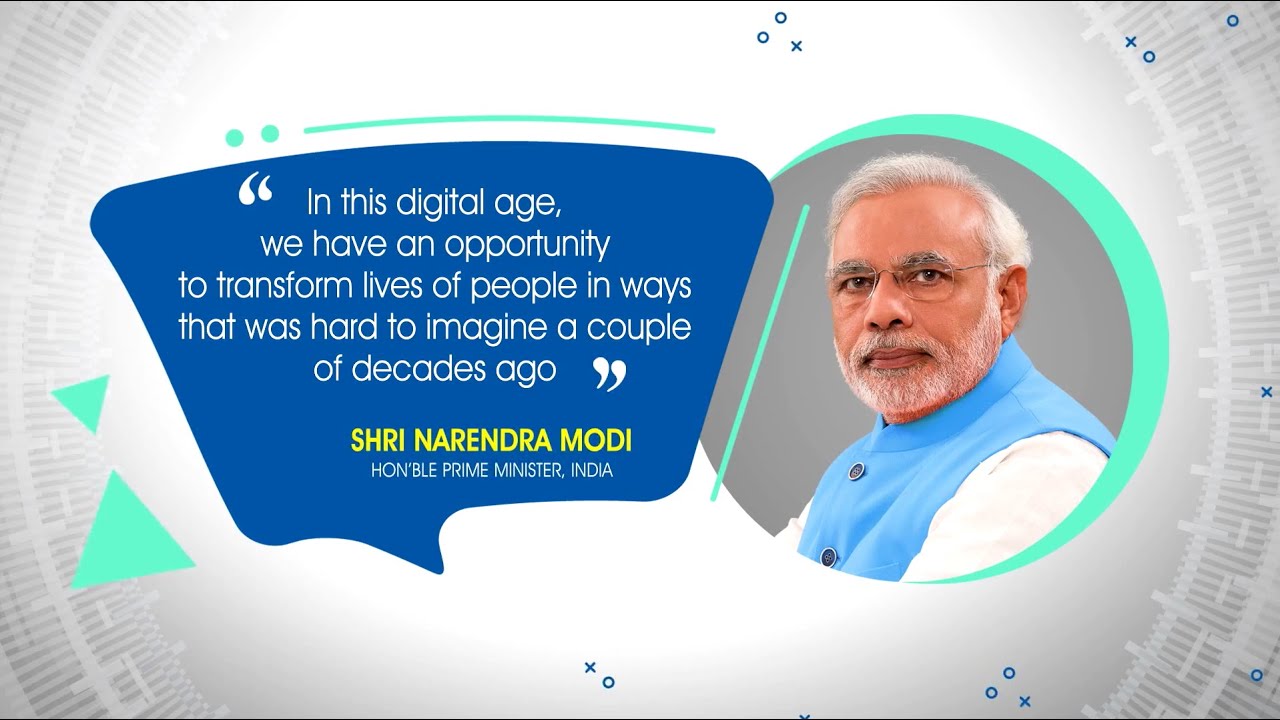HR meets science at Google with Prasad Setty
Summary
TLDRPrasad Setty discusses the integration of data and analytics in HR at Google, highlighting the balance between people and science in decision-making. He shares key insights from Google's People Analytics team, including the use of promotion models, Project Oxygen's impact on management, and the gDNA longitudinal study exploring work-life dynamics. Setty emphasizes that while data informs decisions, human judgment and context remain crucial. He concludes by stressing the importance of combining science with personal reflection to improve workplace decision-making without relying solely on algorithms.
Takeaways
- 🍽️ The audience had positive feedback about both the food and conversations during lunch.
- 💼 Google integrates data and analytics into all of its people decisions, including hiring, promotion, and compensation.
- 🤖 Initially, Google tried to use algorithms to make promotion decisions, but engineers preferred to make decisions themselves, valuing the discussion and decision-making process.
- 📊 The purpose of people analytics is to provide relevant information to help decision-makers, not to replace them with algorithms.
- 📈 Project Oxygen identified eight key behaviors that differentiate great managers from poor ones, and Google uses these to improve management across the company.
- 💡 Google applies research and data to improve processes like selection, onboarding, development, and organizational design, focusing on evidence from academic literature.
- 🧪 Google conducts internal research and experiments, like the longitudinal gDNA study, to understand the long-term impact of work on life and happiness.
- 📚 Google emphasizes the importance of using academic research over business consulting to guide its people-related decisions.
- 🔬 The gDNA study helps Googlers gain personal insights, and many have found it valuable for self-reflection and improvement.
- 👨💼 The future goal is to enable all employees to make informed decisions, using data for reflection rather than relying on algorithms to dictate outcomes.
Q & A
What was Prasad Setty's main message in his introduction?
-Prasad Setty emphasized the importance of using data and analytics for people decisions at Google, while also recognizing the need to let humans make the final decisions. Analytics should provide relevant information but not replace human judgment.
Why did Google engineers resist using the promotion decision model?
-Google engineers resisted the promotion decision model because they did not want to rely on a 'black box' for making important decisions. They preferred to own the decision-making process and use models as a tool to reflect on their decision-making, not to replace it.
What was the initial goal of the People Analytics team when it was first formed?
-The initial goal of the People Analytics team was to base all people decisions at Google on data and analytics. This included decisions related to hiring, promotions, and compensation.
How did Google’s Project Oxygen impact management at the company?
-Project Oxygen identified eight key behaviors that differentiated the best managers from the rest at Google. It led to programs for selecting and developing managers based on these behaviors, resulting in improved manager performance and team outcomes across the company.
What major learning did Prasad Setty and his team take away from the early experience with Google’s promotion model?
-The key learning was that people should make people decisions, not algorithms. People Analytics shifted its focus to providing better, relevant information to decision-makers rather than automating decisions through algorithms.
What did the gDNA study aim to achieve at Google?
-The gDNA study aimed to understand the long-term impact of work on people’s careers and lives. By conducting a longitudinal study, Google sought to uncover insights related to work satisfaction, happiness, and productivity over time.
What was one unexpected finding from Google’s gDNA study regarding gratitude?
-The study found that Googlers who had an innate sense of gratitude maintained higher levels of happiness at work over time compared to others. Their job satisfaction did not decline as typically expected over the course of their careers.
How did People Analytics approach the use of academic research at Google?
-Instead of looking at what successful organizations were doing, People Analytics prioritized academic research to inform their decisions. They combined this research with internal experiments to solve people-related challenges at Google.
What was the main reason Project Oxygen succeeded at Google?
-Project Oxygen succeeded because it translated academic research into personalized, meaningful actions for Google’s managers. The research was made relevant to individual managers and their teams, which encouraged them to improve their management skills.
What role did Prasad Setty envision for analytics in decision-making?
-Prasad Setty saw the role of analytics as a support tool, providing relevant data to enhance decision-making. Analytics should arm decision-makers with insights, allowing them to make informed decisions without relying solely on algorithms.
Outlines

هذا القسم متوفر فقط للمشتركين. يرجى الترقية للوصول إلى هذه الميزة.
قم بالترقية الآنMindmap

هذا القسم متوفر فقط للمشتركين. يرجى الترقية للوصول إلى هذه الميزة.
قم بالترقية الآنKeywords

هذا القسم متوفر فقط للمشتركين. يرجى الترقية للوصول إلى هذه الميزة.
قم بالترقية الآنHighlights

هذا القسم متوفر فقط للمشتركين. يرجى الترقية للوصول إلى هذه الميزة.
قم بالترقية الآنTranscripts

هذا القسم متوفر فقط للمشتركين. يرجى الترقية للوصول إلى هذه الميزة.
قم بالترقية الآنتصفح المزيد من مقاطع الفيديو ذات الصلة

Pertemuan 1 Analisis SDM

The Future of Data | Tiago Santos | TEDxEUBusinessSchoolBarcelona

Google Marketing Platform Essentials: Analytics 4 overview

What is Descriptive Analytics? - Data Science Wednesday

Centre of Excellence for Data Analytics - Enabling Governments to unleash the power of Data!

How AI is Changing the Professional Sports World
5.0 / 5 (0 votes)
